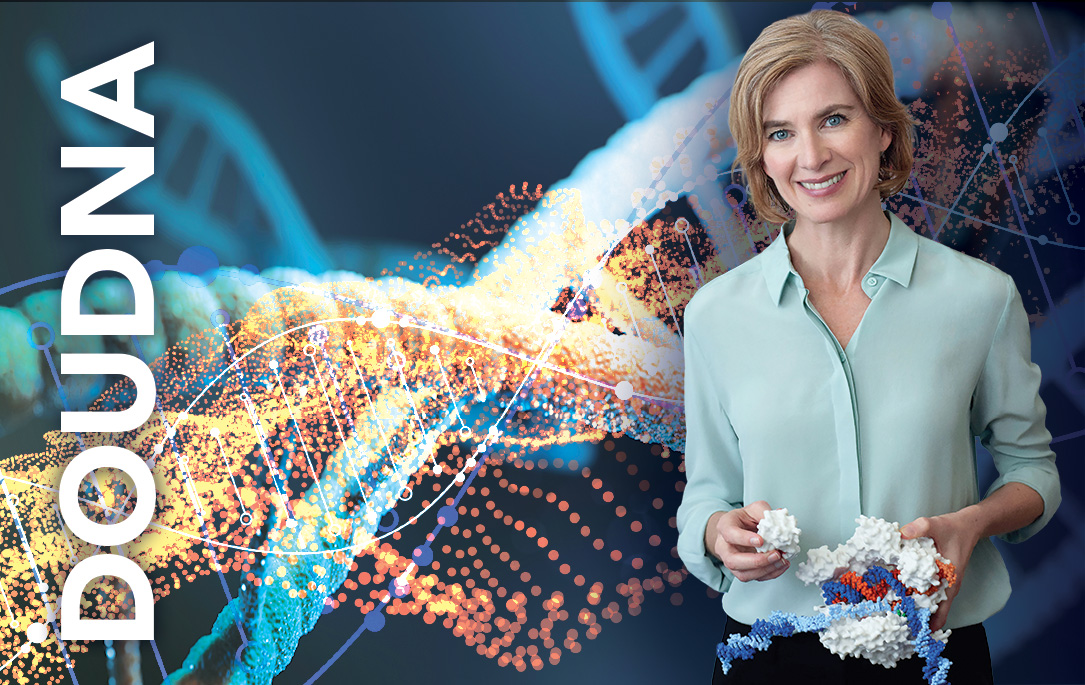In a bold move to propel American science and innovation to new heights, the United States Department of Energy (DOE) has announced the development of its next flagship high-performance computing system: the Doudna supercomputer.
Slated for deployment in 2026 at the National Energy Research Scientific Computing Center (NERSC) at Lawrence Berkeley National Laboratory, Doudna promises to deliver a transformative leap in computing power, scientific capability, and AI integration.
Named after Nobel Prize-winning biochemist Jennifer Doudna – co-inventor of the revolutionary CRISPR gene-editing technology – the system symbolises the fusion of groundbreaking biological research with cutting-edge computational power.
As the successor to Perlmutter, the Doudna supercomputer will redefine what’s possible in fields ranging from climate science and fusion energy to quantum computing and artificial intelligence.
Doudna: Breaking boundaries with unmatched performance
The Doudna supercomputer will deliver over ten times the performance of NERSC’s current flagship, Perlmutter.
Developed through a new contract with Dell Technologies, Doudna will be powered by NVIDIA’s next-generation Vera Rubin platform and built on Dell’s latest liquid-cooled ORv3 server infrastructure.
This performance upgrade will enable researchers to run vastly more complex simulations and analyses in significantly less time, drastically accelerating the pace of scientific discovery.
At its core, the system is designed to support the DOE’s most computationally demanding workloads – including molecular dynamics, high-energy physics, and large-scale AI training.
By integrating simulation, data analysis, and AI into a single, high-efficiency environment, Doudna represents a powerful step forward in multidisciplinary science.
Architected for future science
Doudna’s infrastructure combines Dell Integrated Rack Scalable Systems with PowerEdge servers and NVIDIA accelerators, delivering optimised performance for both AI-centric and traditional computing tasks.
High-speed data movement will be enabled by the NVIDIA Quantum-X800 InfiniBand network, ensuring seamless communication across the system’s thousands of compute nodes.
Storage solutions will feature a high-performance parallel file system and smart data tiering, offering researchers robust, real-time access to massive datasets.
The system’s heterogeneous workflow environment will allow it to adapt dynamically to evolving research needs, from traditional simulations to AI inference and training.
Empowering breakthroughs in AI, quantum, and energy
One of Doudna’s standout capabilities lies in its ability to support AI-driven science at scale.
Researchers will be able to integrate machine learning models into simulation workflows, enhancing accuracy and reducing computation time across fields like materials discovery, climate modelling, and biomolecular design.
The system will also advance quantum computing research, offering tools such as NVIDIA’s CUDA-Q platform to simulate and develop quantum algorithms.
This will support the co-design of future hybrid quantum-HPC systems, making Doudna a testbed for scalable quantum innovation.
Crucially, Doudna will help fulfil NERSC’s foundational mission of enabling breakthroughs in fusion energy research.
By providing the computational muscle to simulate complex plasma physics and reactor designs, the Doudna supercomputer could accelerate the journey toward practical, sustainable fusion power.
Nationwide collaboration in real-time
Through its integration with the Energy Sciences Network (ESnet), Doudna will enable researchers across the US to stream experimental and observational data directly into the system from DOE user facilities nationwide.
This capability will allow real-time data analysis, improving responsiveness to new scientific insights and experimental results.
With more than 11,000 users relying on NERSC’s resources, preparations are already underway to ensure researchers can fully harness Doudna’s capabilities once operational.
The system will support automated, AI-driven workflows and interactive computing environments tailored for data-intensive science.
Pioneering the future of scientific computing
The launch of the Doudna supercomputer marks a pivotal chapter in the evolution of US scientific infrastructure.
By combining the strengths of Dell Technologies, NVIDIA, and the DOE, this next-generation platform is poised to become a catalyst for world-changing discoveries.
Whether unravelling the mysteries of the universe or pioneering next-generation energy solutions, Doudna will empower researchers to achieve more – faster and with greater precision than ever before.
